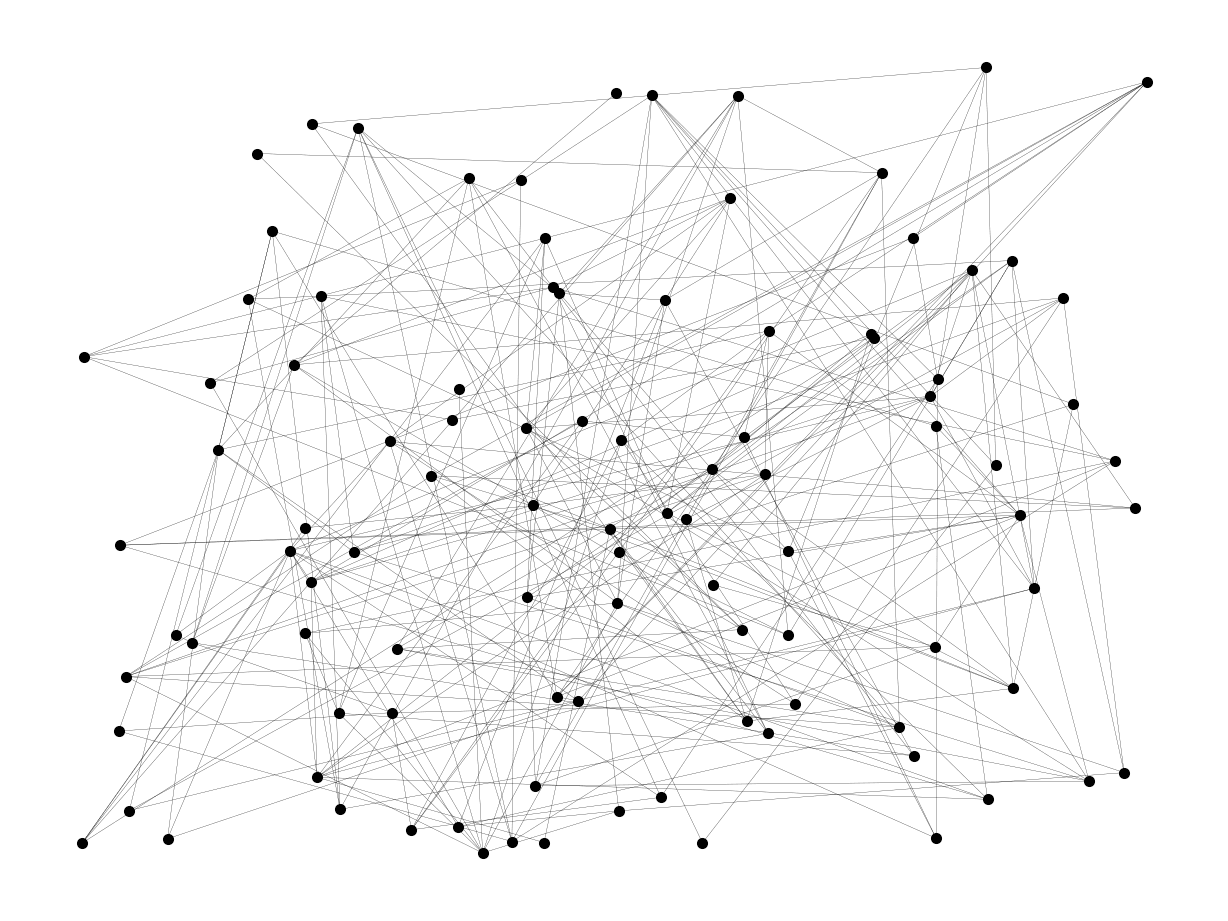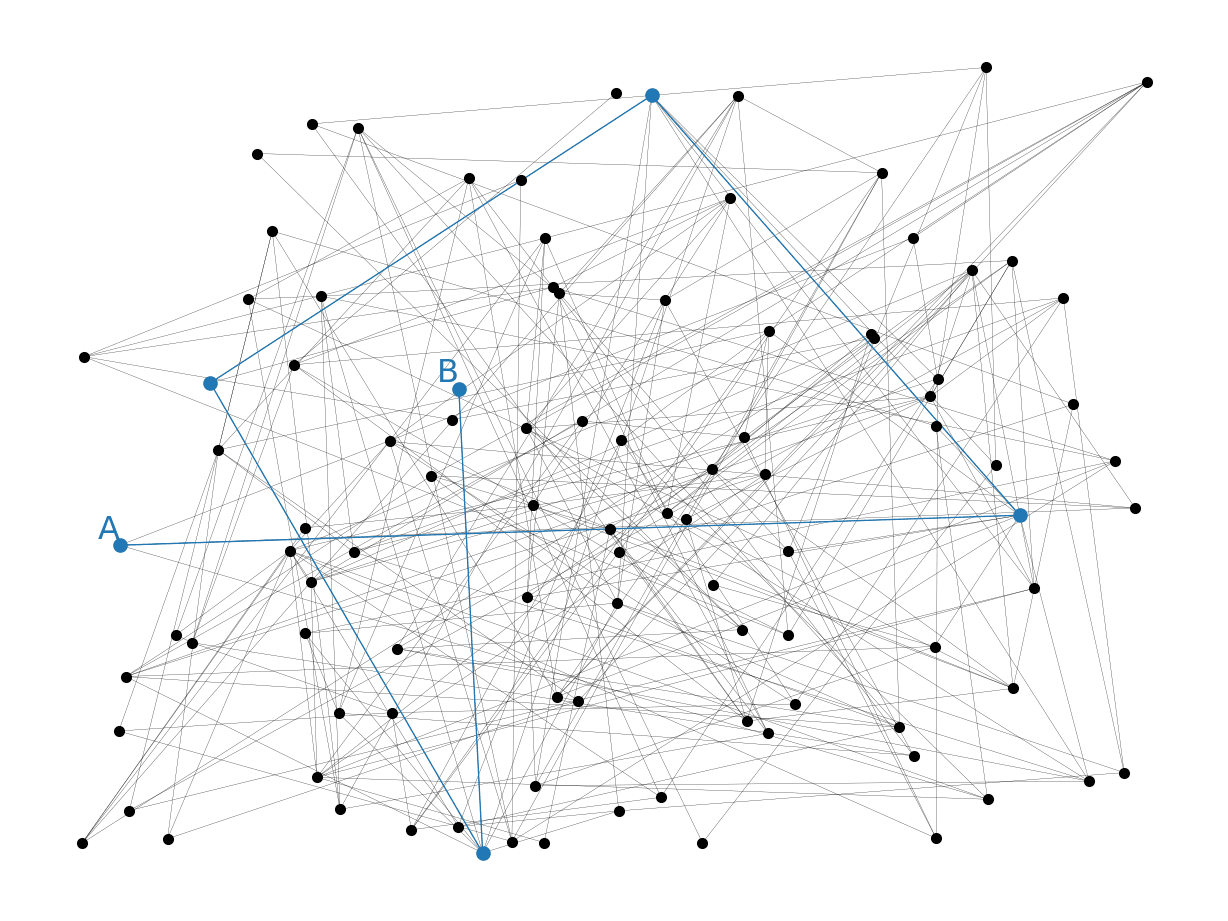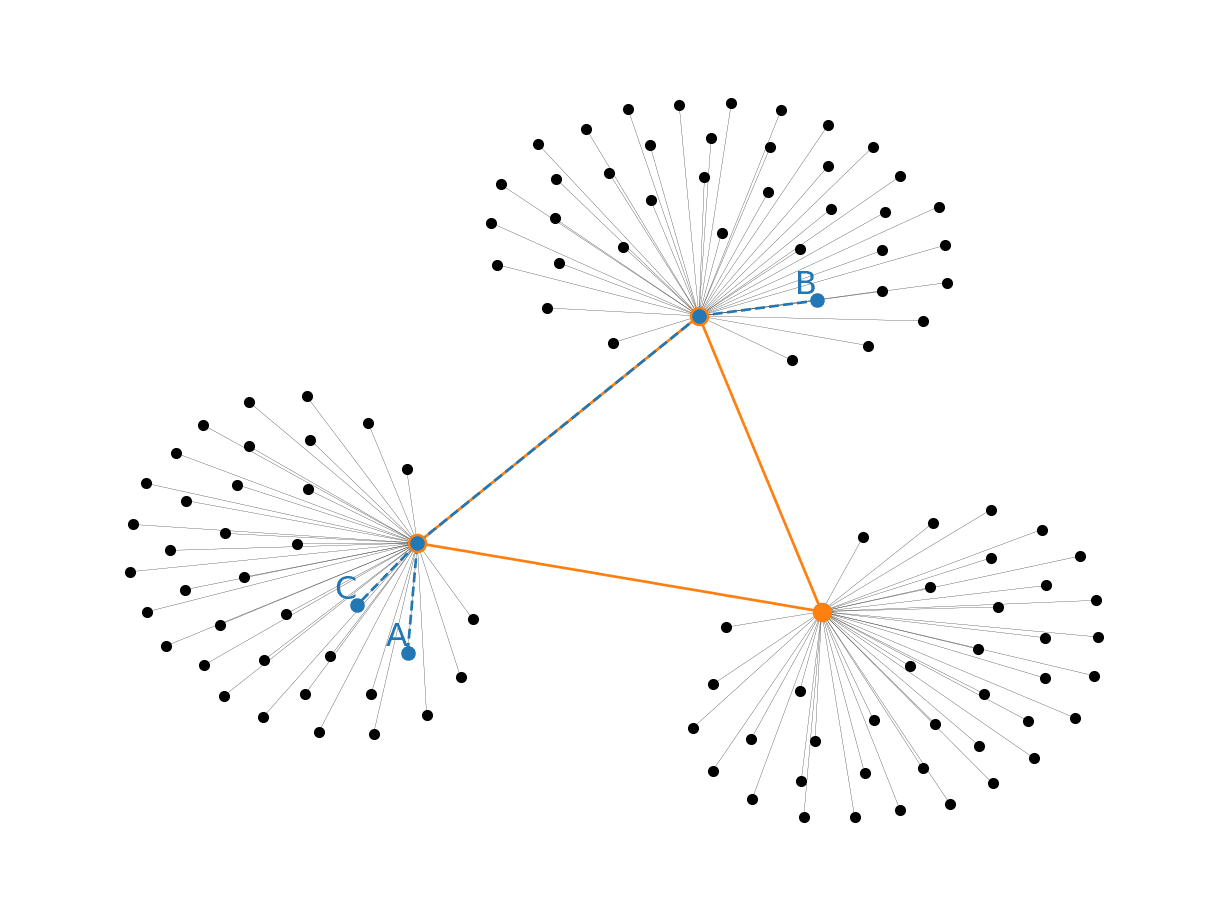Welcome to Taichi
What is Taichi Network
Taichi is a high-speed block and transaction delivery network aimed at improving the connectivity of Ethereum node runners. We appreciate the resilience and scalability of peer-to-peer network while trying to accelerate the flow of information for the block chain.
For nodes connected to Taichi Network, we deliver blocks and transactions directly from block and transaction makers found around the world. If your node also generate blocks and transactions, we broadcast them directly to thousands of nodes on every continent.
Why you may need Taichi Network
For arbitrage, liquidation or other MEV searchers, Taichi Network can let you receive the latest block earlier, making room for more complex strategies. You may also detect competitor's transaction earlier to make adjustments.
For staking node operators, you can include more valuable transactions in your block and reduce the risk of slashing.
How Ethereum P2P network works
By default, a single go-ethereum client only connects to 50 peers. Those peers are randomly distributed around the world.

For every transaction or block a node generated or received, it randomly selects 7 (square root of 50) peers to broadcast this new message. A new transaction from node A may need to hop around multiple nodes around the world to reach node B your are running.

Some of those nodes along the routes may be running on slow hardware or network, further delaying the propagation. This is not optimal for people who really care about the latest transaction. An upper bound of latency is critical for trading decisions. But you can't simply increase the peer limit of your node because the increased bandwith and CPU pressure will make it slower.
How Taichi Network works
We developed a very high efficient ethereum node that can handle thousands of peers. We deployed them on major regions around the world to find every peer around them. All our nodes are directly connected to each other through dedicated backbone network.

Every node collects and filters out latest new transactions and blocks, then broadcast to every other node in our network.

For example a transaction from a random node A is guaranteed to reach your node B in 3 hops. If your node C on the same region as node A, we can deliver it with only 2 hops. With a maximum of 3 hops, it greatly reduces the latency for any new transaction to reach any node connected to us.
For our users, we make sure to delever every transaction and block we can find to their nodes, and broadcast their transactions and blocks to the world, so validators won't miss your transaction.

